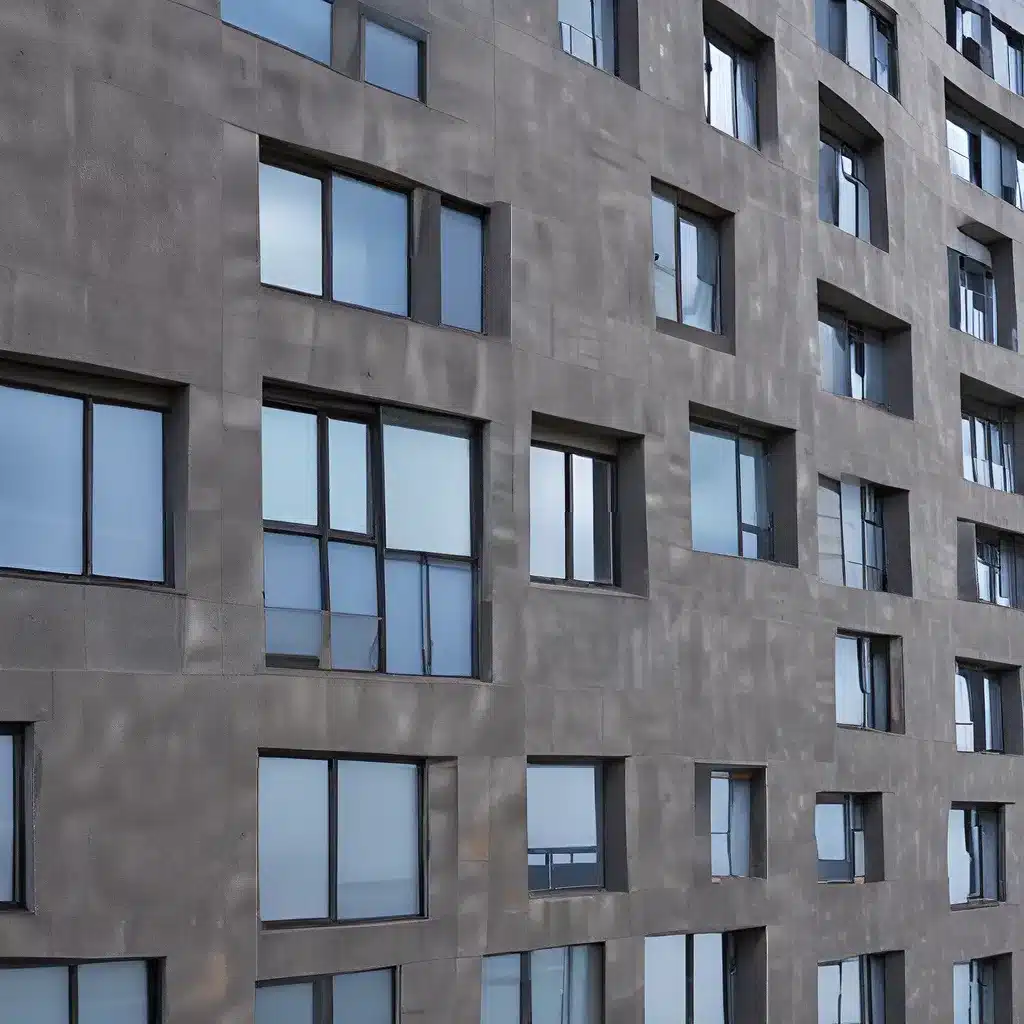
As a sustainability enthusiast, I’ve always been fascinated by the role of building envelopes in improving energy efficiency and reducing our environmental impact. It’s a topic that’s gained increasing attention in recent years, as we strive to create more sustainable and energy-efficient structures.
Understanding the Building Envelope
The building envelope is the physical barrier that separates the interior of a building from the exterior environment. It’s a critical component that plays a crucial role in regulating the flow of heat, air, and moisture between the indoors and outdoors. A well-designed and optimized building envelope can significantly enhance a structure’s thermal performance, leading to substantial energy savings and improved overall sustainability.
Thermal Performance and Energy Efficiency
At the heart of building envelope optimization lies the concept of thermal performance. This refers to a structure’s ability to maintain a comfortable indoor temperature while minimizing the energy required for heating and cooling. A highly efficient building envelope can help reduce the reliance on HVAC systems, leading to lower energy consumption and reduced greenhouse gas emissions.
One of the key factors that contribute to thermal performance is the insulation within the building envelope. Proper insulation helps to prevent heat transfer, keeping warm air inside during the winter and cool air inside during the summer. By optimizing insulation, we can create a more stable and comfortable indoor environment while significantly reducing the energy required for heating and cooling.
Research has shown that improving the thermal performance of building envelopes can lead to energy savings of up to 30% in some cases. This not only benefits the environment but also translates to lower utility bills for building occupants, making it a win-win situation.
Exploring the Frontiers of Building Envelope Design
As we delve deeper into the world of building envelope optimization, I’m excited to see the innovative approaches and technologies that are emerging. Researchers and industry experts are continuously pushing the boundaries, exploring new materials, designs, and strategies to enhance thermal performance.
One particularly promising area is the use of advanced insulation materials, such as aerogels and vacuum insulation panels. These cutting-edge materials offer superior insulating properties, allowing for thinner and more efficient building envelopes without compromising thermal performance.
Another intriguing development is the integration of smart building technologies into the building envelope. By incorporating sensors, controls, and automation, we can create dynamic and responsive building envelopes that adapt to changing environmental conditions and occupant needs. This can further optimize energy usage and enhance overall comfort.
Balancing Thermal Performance and Sustainability
As we strive to optimize building envelopes, it’s crucial to consider the broader implications of our actions. Sustainability is not just about energy efficiency; it encompasses a holistic approach to environmental, social, and economic factors.
When designing and implementing building envelope solutions, we must ensure that they align with the principles of sustainable construction. This includes using renewable, eco-friendly materials, minimizing waste during the construction process, and considering the long-term lifecycle impact of the building.
Recent research has also highlighted the importance of considering the embodied energy and carbon associated with building materials and construction methods. By taking a comprehensive view, we can make informed decisions that optimize both thermal performance and overall sustainability.
Embracing the Future of Building Envelopes
As I explore the world of building envelope optimization, I’m inspired by the progress we’ve made and the promising developments on the horizon. The journey towards more energy-efficient and sustainable buildings is an ongoing one, and I’m excited to be a part of it.
Through innovation, collaboration, and a commitment to sustainability, I believe we can unlock the full potential of building envelopes and create structures that not only meet our energy needs but also contribute to a healthier, more resilient planet. After all, isn’t that the ultimate goal we’re all working towards?
If you’re as passionate about this topic as I am, I encourage you to explore the services offered by Firewinder, a leading provider of renewable energy solutions. Their expertise in building envelope optimization and sustainable design can be a valuable asset as you embark on your own journey towards a more energy-efficient future.

